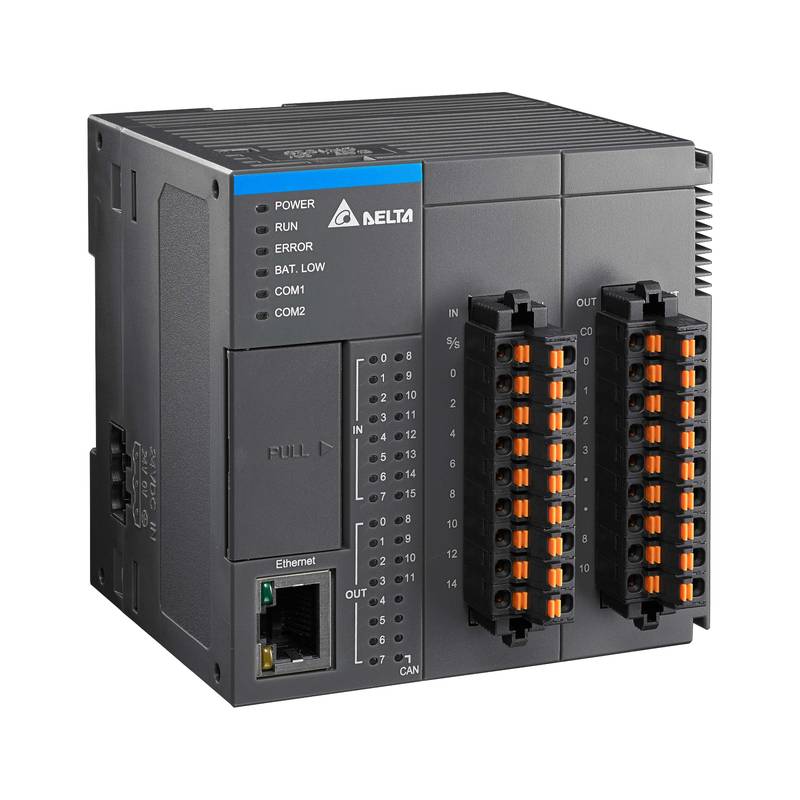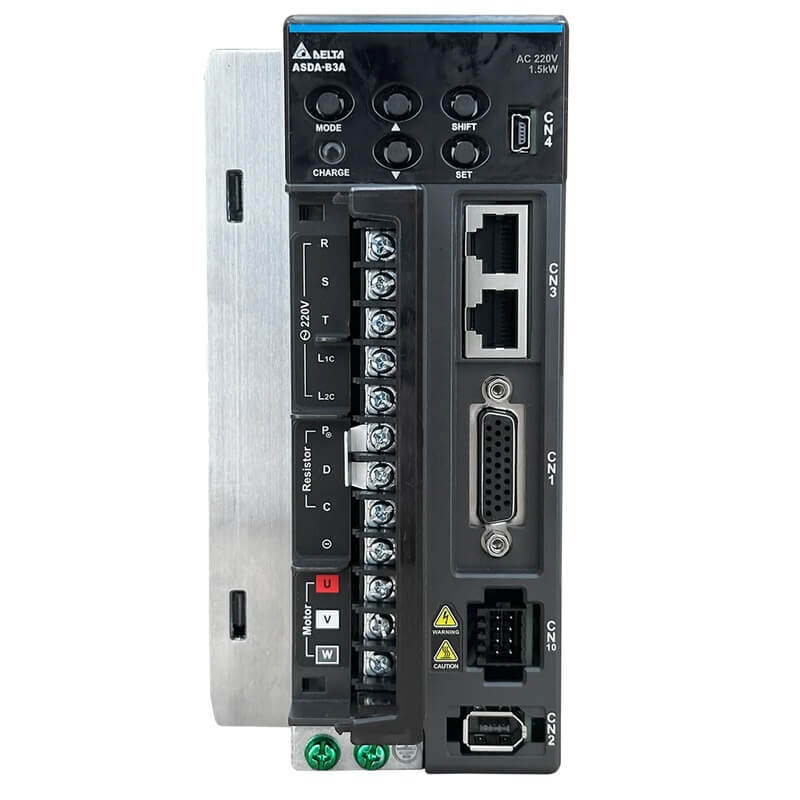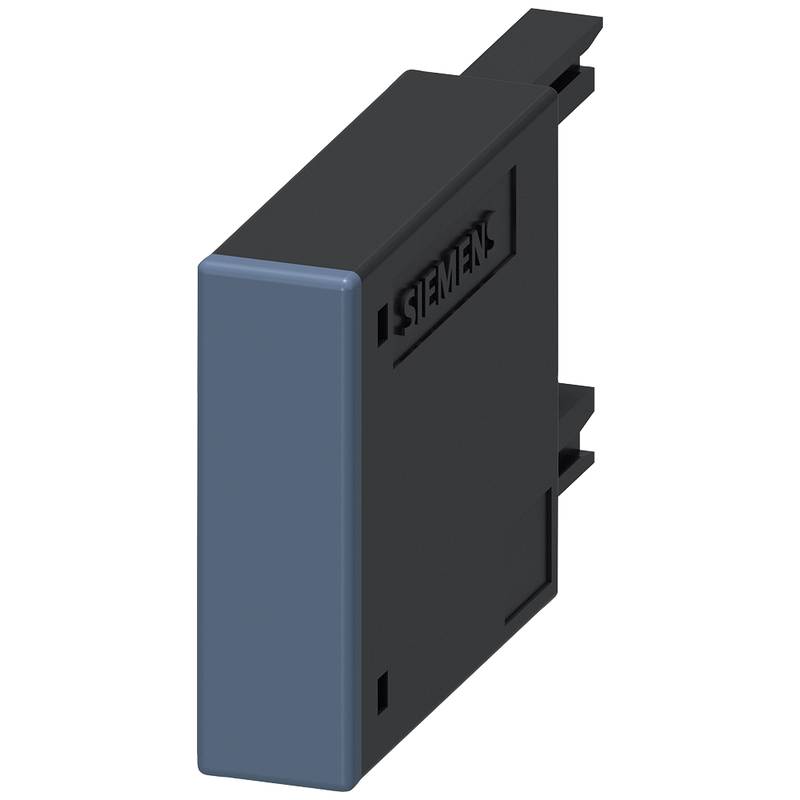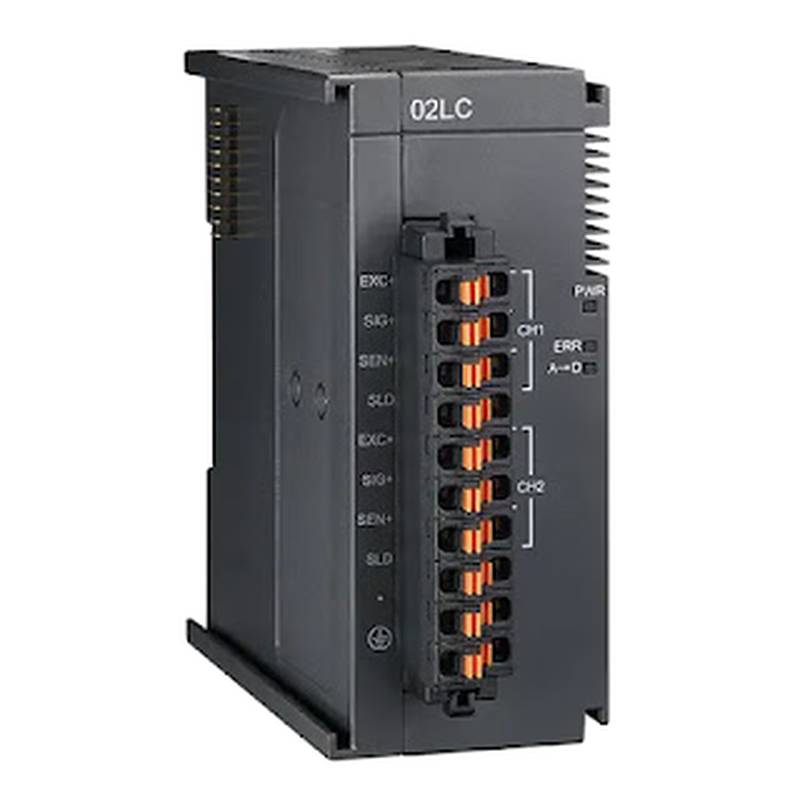
The Siemens 1FL6090-1AC61-2LB1 is a precision small power, low inertia brake motor engineered for demanding motion control applications. This motor excels due to its rapid response braking, high dynamic performance, and compact design, making it ideal for automated machinery and robotics requiring precise positioning and rapid stopping. Key technical specifications include a frame size of 90, a nominal output of 1.4 kW, and an operating voltage of 400V. Its low inertia rotor ensures exceptional acceleration and deceleration capabilities, crucial for optimizing cycle times in high-throughput environments.
Siemens 1FL6090-1AC61-2LB1: Product Specifications
| Parameter | Value |
| :-------------------- | :------------------------- |
| Motor Type | Brake Motor |
| Frame Size | 90 |
| Nominal Output (kW) | 1.4 |
| Operating Voltage (V) | 400 |
| Inertia | Low |
| Power | Small |
| Precision | High |
Core Features & Market Positioning
The Siemens 1FL6090-1AC61-2LB1 distinguishes itself in the market through its integrated, high-performance braking system, offering superior holding torque and rapid engagement, thereby enhancing operational safety and precision. Its low inertia design directly translates to superior dynamic response, allowing for quicker cycle times and more agile movements compared to standard motors. This positions the 1FL6090-1AC61-2LB1 as a premium choice for applications where responsiveness, accuracy, and compact form factor are paramount, particularly within the competitive landscape of industrial automation and advanced manufacturing.
Key Application Scenarios
This Siemens brake motor finds critical use in automated assembly lines where precise stopping and holding of axes are vital to prevent product damage and ensure assembly accuracy. It is also a prime candidate for robotic arms, enabling swift and secure positioning adjustments during complex manipulation tasks. Furthermore, its capabilities are leveraged in packaging machinery, facilitating precise indexing and controlled movements for high-speed filling and sealing operations, directly addressing common user searches for reliable and fast-acting motion control solutions in these sectors.
Practical System Integration Guidance
Integrating the Siemens 1FL6090-1AC61-2LB1 into existing systems involves careful consideration of the motor's power supply and control interface. Typically, it connects to Siemens SINAMICS or SIMOTICS drive systems, requiring compatible cabling for both power and encoder feedback. Proper grounding and shielding are essential to mitigate electromagnetic interference. For brake activation and deactivation, a dedicated power supply or direct connection to the drive's brake control output is necessary, ensuring the brake engages upon power loss for inherent safety.
Operation and Risk Mitigation
Safe operation of the Siemens 1FL6090-1AC61-2LB1 mandates adherence to all electrical safety standards during installation and maintenance. The integrated brake provides a critical safety feature, ensuring the motor shaft is held securely when power is interrupted or in fault conditions. Common troubleshooting involves verifying brake circuit integrity and ensuring the drive controller correctly commands brake release and engagement. Referencing the specific drive's manual for error code interpretation related to motor or brake faults is crucial for efficient problem resolution.
Scalability & Long-Term Value
The Siemens 1FL6090-1AC61-2LB1 offers excellent scalability, seamlessly integrating with Siemens' broader automation portfolio, including PLCs and IIoT platforms. This compatibility allows for phased upgrades and expansion of automated systems, ensuring long-term value and future-proofing investments. Its robust construction and Siemens' reputation for reliability contribute to extended operational lifespan, minimizing downtime and maintenance costs. Integration with digital twins and predictive maintenance solutions further enhances its long-term economic benefits.
Frequently Asked Questions
Q1: What is the primary function of the brake in the Siemens 1FL6090-1AC61-2LB1 motor?
The integrated brake provides a fail-safe stopping mechanism. It ensures the motor shaft remains stationary when power is removed or during a fault condition. This is crucial for maintaining position and preventing uncontrolled movement.
This feature significantly enhances operational safety in automated environments. It protects personnel and prevents damage to equipment or workpieces. The brake offers a high holding torque for secure positioning.
The brake is typically a spring-actuated, electromagnetically released unit. Its rapid engagement ensures swift cessation of motion, critical for dynamic applications.
Q2: What are the typical applications for a low inertia brake motor like the 1FL6090-1AC61-2LB1?
Low inertia motors excel in applications demanding rapid acceleration and deceleration. This includes robotics, pick-and-place machines, and high-speed material handling systems. The quick response is key to reducing cycle times.
The integrated brake adds a layer of safety and precision, making it ideal for vertical axis applications. It prevents loads from dropping and ensures precise positioning after stopping. This is vital in assembly or packaging tasks.
Precision machine tools and automated test equipment also benefit from the dynamic performance and holding capability. Any application requiring accurate, fast, and safe motion control is a good fit.
Q3: How does the low inertia of the Siemens 1FL6090-1AC61-2LB1 benefit performance?
Low inertia means less mass needs to be rotated and stopped. This allows the motor to achieve desired speeds and positions much faster than high inertia counterparts. It directly improves acceleration and deceleration rates.
This enhanced dynamic performance translates into shorter overall cycle times for automated processes. Machines can operate more efficiently, increasing throughput and productivity. It enables more agile and responsive movements.
The quick response also leads to greater precision in positioning tasks. The motor can react faster to control signals, minimizing overshoot and settling times. This is crucial for intricate manufacturing operations.
Q4: What are the key technical specifications to consider when selecting this motor?
The frame size (90) indicates the motor's physical dimensions and mounting footprint. The nominal output power (1.4 kW) specifies its continuous power delivery capability. The operating voltage (400V) is essential for power supply compatibility.
The low inertia characteristic is paramount for dynamic performance requirements. Understanding the brake's torque rating and engagement/disengagement times is also critical for safety and application suitability. Encoder resolution and type influence positioning accuracy.
Consideration of the motor's thermal class, IP rating, and any specific environmental operating conditions is also important for long-term reliability. These parameters ensure the motor is robust enough for the intended application.
Q5: How is the Siemens 1FL6090-1AC61-2LB1 typically integrated into a control system?
This motor is designed to work with Siemens SINAMICS or SIMOTICS drive families. A compatible servo drive is essential to manage motor control and brake operation. Proper wiring for power, encoder feedback, and brake control is necessary.
Installation involves correct mounting and connection to the power source and control network. Ensuring proper grounding and shielding is vital to prevent electrical noise and ensure reliable communication. The drive configuration must match motor parameters.
The drive handles the advanced control algorithms for precise motion profiling. It also manages the safe engagement and dis-enagement of the integrated brake based on operational commands and safety interlocks.
Q6: What safety considerations are paramount when operating this brake motor?
Always ensure power is safely isolated before performing any installation or maintenance. Verify the brake is functioning correctly by testing its holding capability periodically. Follow all local electrical codes and safety regulations.
Ensure the brake circuit is correctly wired and protected. The brake should engage automatically upon power loss. Do not override safety features unless absolutely necessary and with proper authorization.
Regular inspection of the brake lining and mechanical components is recommended. Understand fault codes related to the brake system and have a procedure for safe shutdown in case of brake malfunction.
Q7: Can this motor be used in applications requiring continuous high torque, or is it primarily for dynamic stopping?
While its low inertia makes it excellent for dynamic stopping and acceleration/deceleration, the 1FL6090-1AC61-2LB1 also provides substantial continuous torque. The 1.4 kW rating indicates its capacity for sustained operation. The brake is primarily a safety and positioning feature.
The motor's design balances dynamic performance with robust continuous torque output. It can maintain speed and power under load for extended periods. The brake is engaged when holding is required, not necessarily during all operation.
For applications demanding purely continuous high torque without frequent stopping or rapid changes in speed, a motor optimized solely for continuous duty might be considered. However, this brake motor offers a versatile combination of both.
Q8: What are the typical fault codes associated with the brake system of this motor?
Faults can indicate issues with the brake coil, such as an open circuit or short. Other codes might relate to the brake being stuck or not releasing properly when commanded. Overheating of the brake can also trigger specific fault indications.
Errors could also arise from the brake control circuit within the servo drive. This includes issues with the voltage supplied to the brake or the drive's internal monitoring of the brake status. Incorrect parameter settings in the drive can also lead to false faults.
Always consult the specific Siemens drive manual for an exact interpretation of fault codes. Troubleshooting often involves checking electrical connections, coil resistance, and ensuring the drive is configured for the specific brake type and voltage.
Q9: How does the Siemens 1FL6090-1AC61-2LB1 contribute to IIoT and Industry 4.0 initiatives?
This motor, when integrated with modern Siemens drives and controllers, becomes a data-rich node on the factory floor. It can transmit operational data like speed, torque, temperature, and brake status. This supports enhanced monitoring and diagnostics.
Real-time data allows for predictive maintenance, identifying potential issues before they cause downtime. Performance data can also be used for process optimization, fine-tuning machine operations for maximum efficiency and quality.
Its compatibility with networked control systems and cloud platforms facilitates integration into broader IIoT ecosystems. This enables centralized data analysis, remote management, and the development of smart manufacturing solutions.
Q10: What is the expected lifespan and maintenance requirements for this precision brake motor?
Siemens motors are engineered for long operational life, especially in controlled industrial environments. The lifespan depends heavily on the application's duty cycle, operating conditions, and proper maintenance. Regular visual inspections are recommended.
Key maintenance involves checking electrical connections for tightness and corrosion. Periodically testing the brake's holding force and ensuring smooth engagement/disengagement is crucial. Lubrication, if required by the specific design, should follow manufacturer guidelines.
The brake linings will eventually wear and require replacement. The frequency of this replacement depends on how often and how aggressively the brake is used. Consulting the technical documentation for specific maintenance intervals and procedures is advised.
























